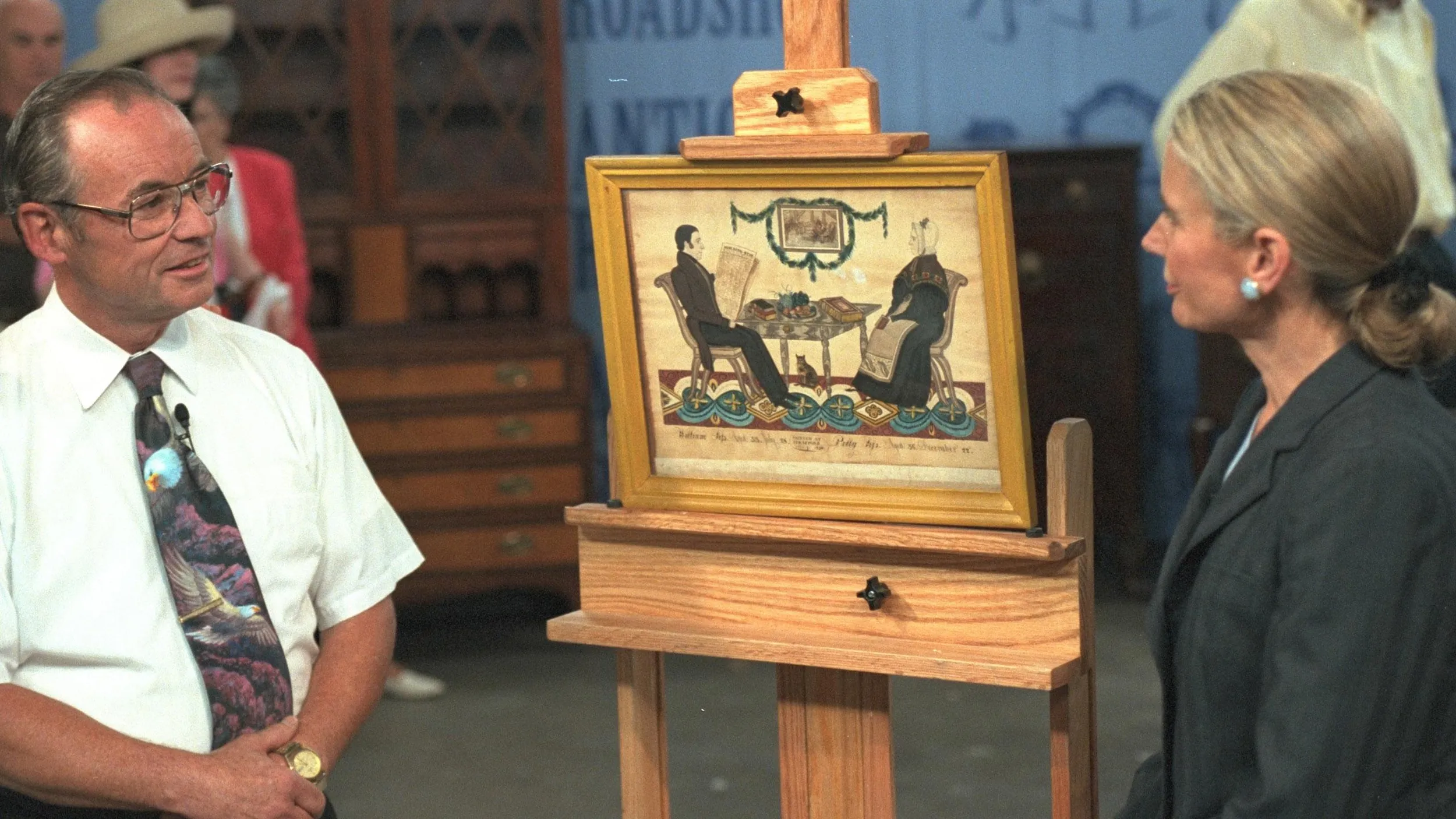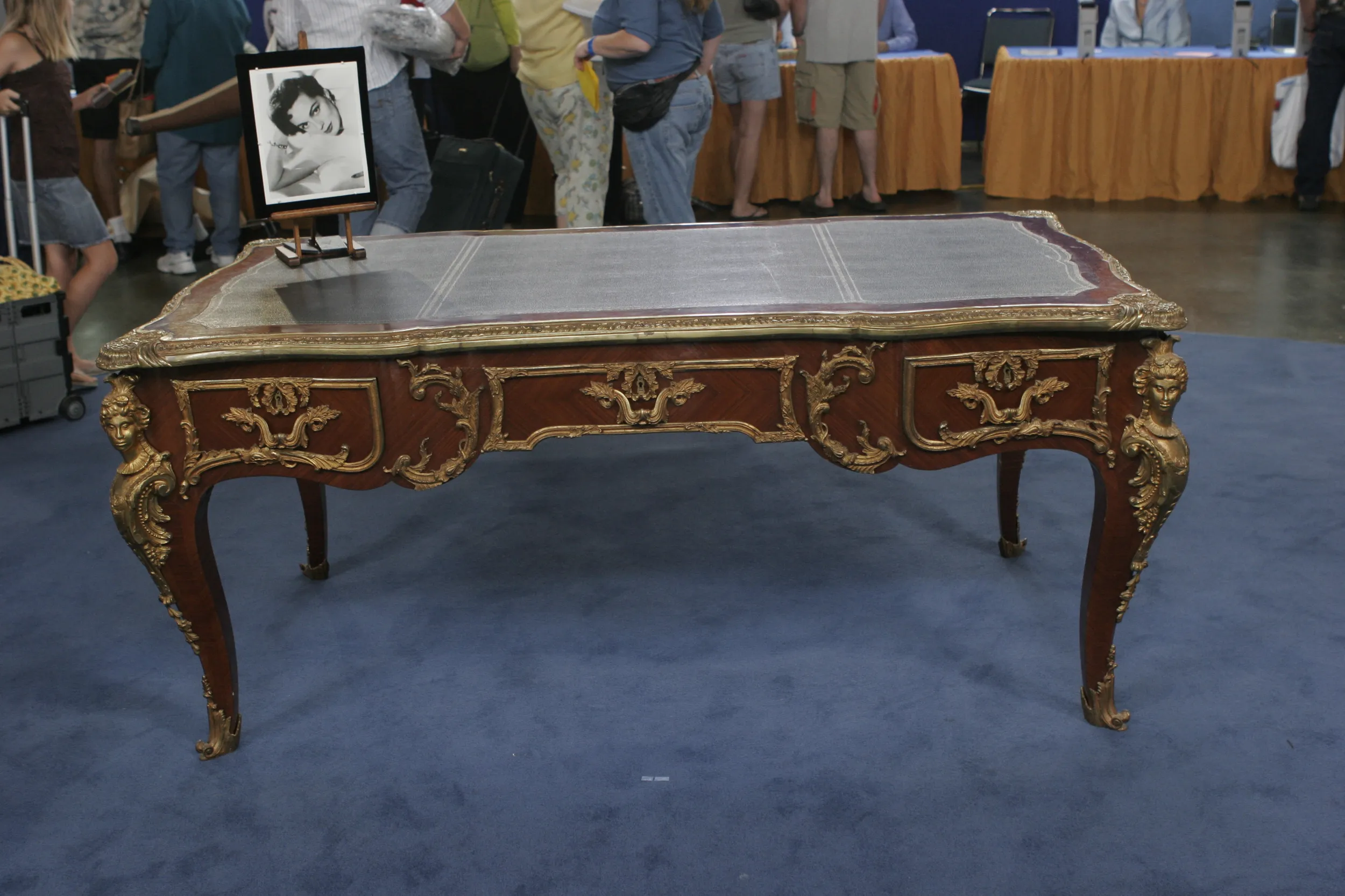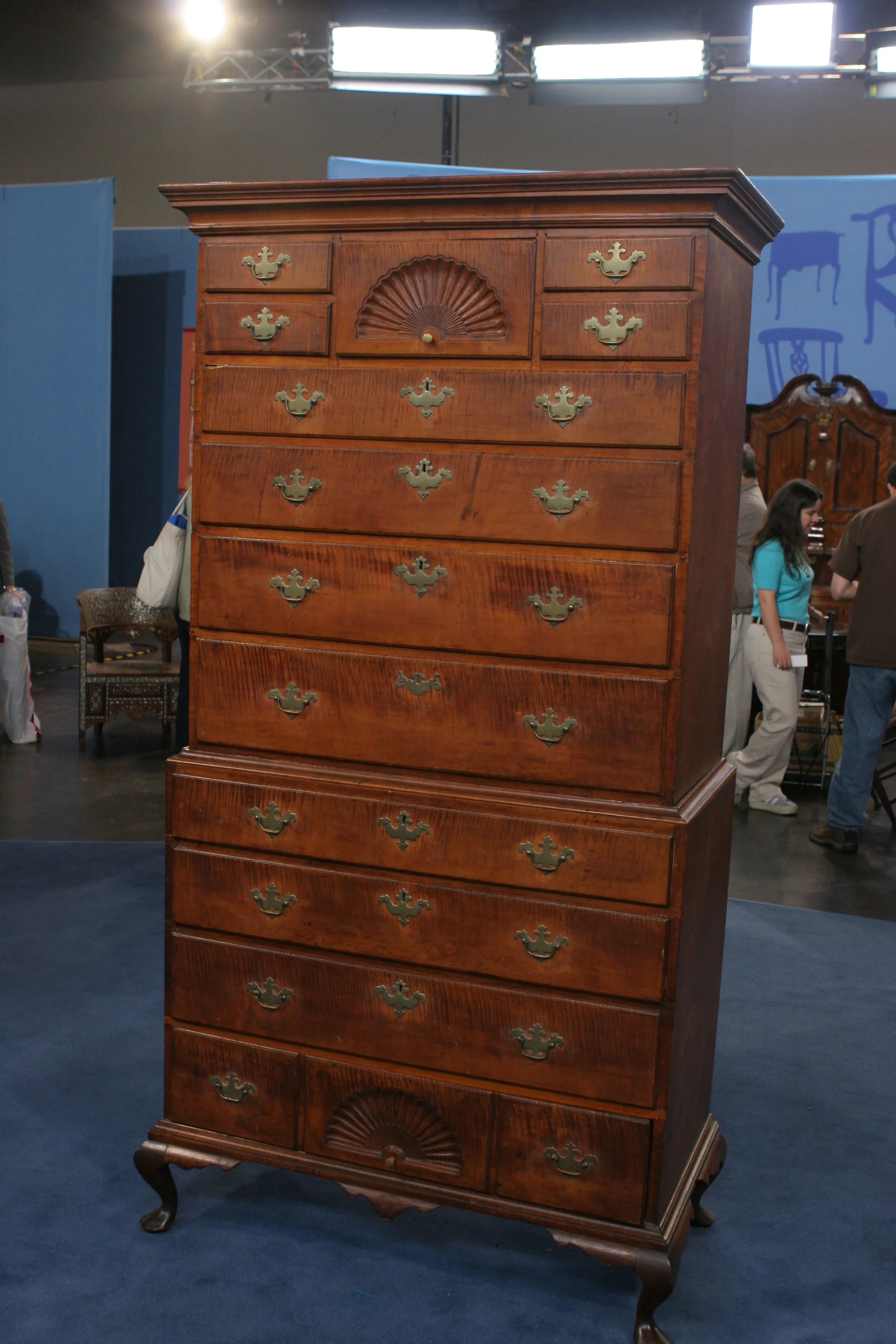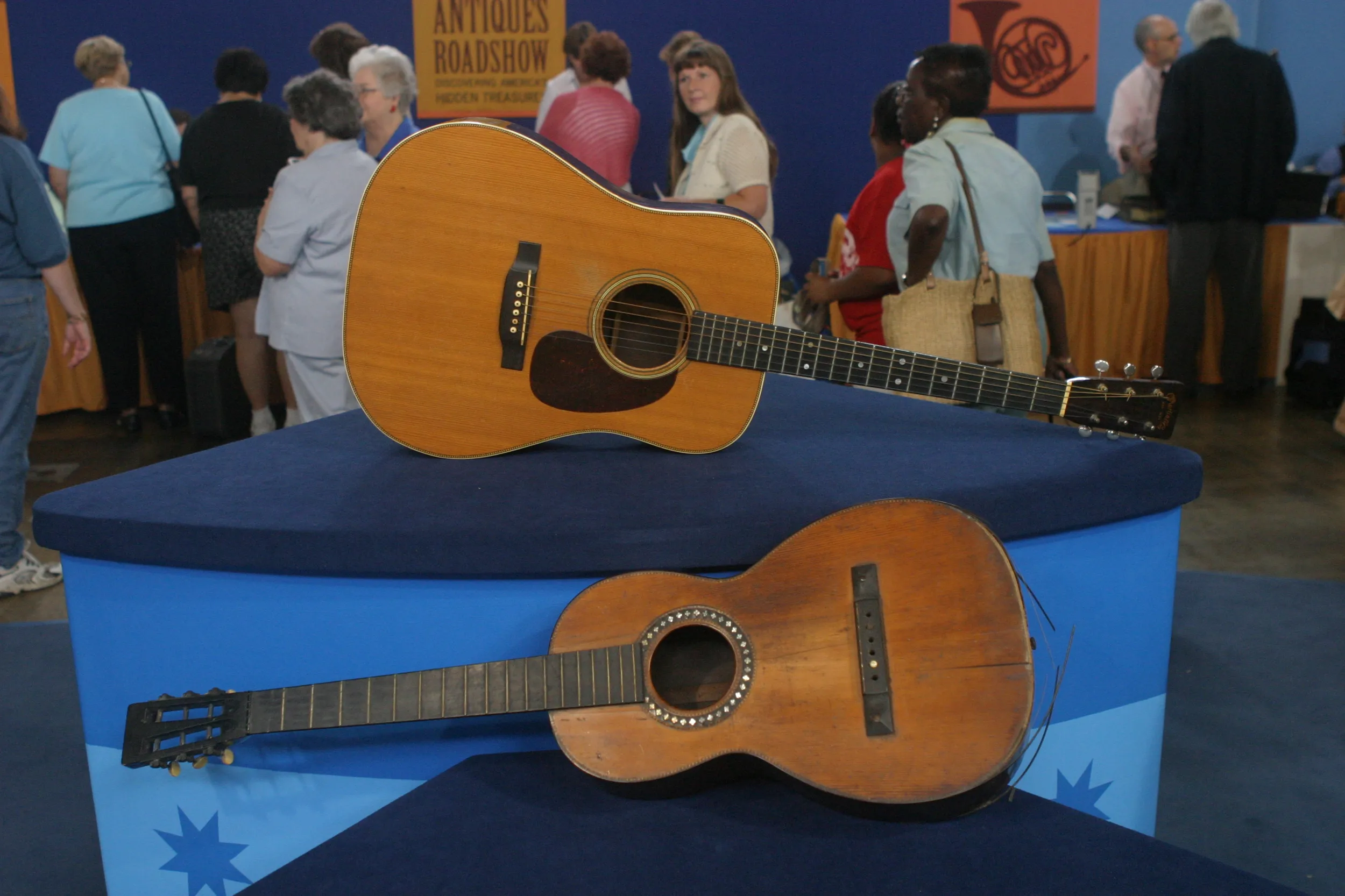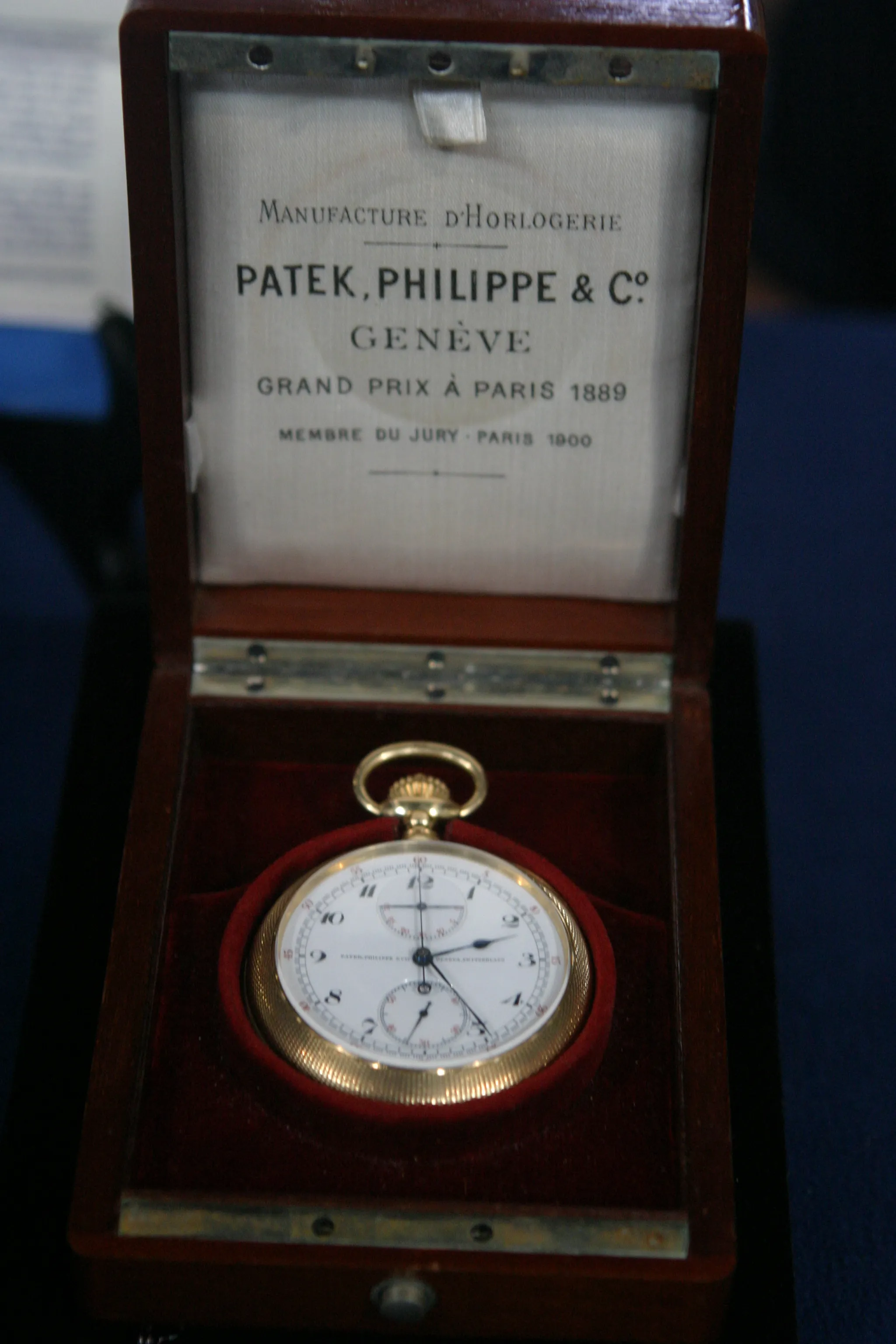GUEST: It was given to my uncle Bill, who worked in a local grocery store, and the gentleman who owned the store was very elderly at the time and eventually decided to retire, and he gave it to my uncle as a parting gift.
APPRAISER: Was your uncle an antique collector, per se?
GUEST: No, not at all.
APPRASER: So, what... one can wonder why he thought your uncle would like this. It's a curious object. (laughing)
GUEST: I have no idea why he picked that to give to him as a gift.
APPRAISER: And then ultimately, it was left to you? Is that the idea?
GUEST: Yes. He knew that I liked it as a little girl, and he told his sister, my aunt Marjorie, "When she gets old enough, I want her to have it."
APPRAISER: Great.
GUEST: He passed away, and she kept it and when I became an adult, she gave it to me.
APPRAISER: When I was a teenager, I collected clocks. I think that's how I got started in all of this. And I remember in some of the early reference books seeing these clocks illustrated, and I was quite fascinated with them and wondered whether I'd ever get to see one for real. Well, over the years I've seen a few of them. These so-called "blinking-eye" clocks have been collectible since the early part of the 20th century, believe it or not. The thing that impresses me about this particular clock, it's in remarkable condition. Many of these clocks have been repainted over the years because people think, "Oh, the paint's dull. I think I'll dress it up little bit." I don't think I've ever seen one that worked. And in this case, we know it's working, and it's telling good time.
GUEST: He certainly does.
APPRAISER: The movements on these clocks were made by Waterbury, a clock company in Waterbury, Connecticut. They're responsible only for the movement. But the case itself was made by Bradley & Hubbard Manufacturing in Connecticut, and they were a remarkably innovative firm making a lot of decorative objects out of both cast iron and brass. If we turn the clock over, you can see that it was patented in the late 1850s. And there's Bradley & Hubbard's logo. This clock has a wonderful profile. Okay, it was called at the time the "Continental" model, and there were a number of these clocks made in a variety of forms, this being, I think, one of the most desirable forms. Great condition-- it's working. It's the best.
GUEST: Thank you.
APPRAISER: So I was thrilled when you brought it in, and I think as far as value is concerned, it would be probably between, well, $4,000 and $4,500. So it's a treasure.
GUEST: Thank you very much.
APPRAISER: All right, and now, you ready?

